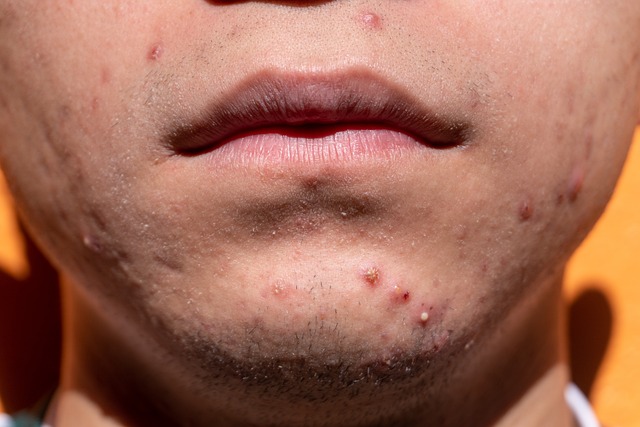Acne is a common skin condition that affects millions of people worldwide. While it is most often associated with teenagers, acne can strike at any age, causing physical discomfort and emotional distress. This article aims to provide a comprehensive overview of acne, including its causes, types, and treatment options, to help individuals better understand and manage this skin condition.
I. Causes of Acne
- Excess Sebum Production: One of the primary causes of acne is an overproduction of sebum, an oily substance produced by the skin's sebaceous glands. When the production of sebum increases, it can clog hair follicles and promote the growth of acne-causing bacteria.
- Bacterial Infection: The presence of Propionibacterium acnes (P. acnes) bacteria on the skin is another key factor in the development of acne. These bacteria thrive in clogged follicles and contribute to inflammation.
- Hormonal Changes: Hormonal fluctuations, such as those that occur during puberty, pregnancy, or menstruation, can trigger acne breakouts. Androgens, male hormones that both males and females produce, play a significant role in stimulating sebum production.
- Diet and Lifestyle: While the relationship between diet and acne is still being studied, some evidence suggests that certain dietary choices and lifestyle factors, like a high glycemic index diet, dairy consumption, and stress, may exacerbate acne in some individuals.
II. Types of Acne
- Comedonal Acne: This type of acne consists of comedones, which are non-inflammatory lesions. Open comedones are known as blackheads, while closed comedones are called whiteheads. These occur when hair follicles become clogged with sebum and dead skin cells.
- Inflammatory Acne: Inflammatory acne includes red and swollen pimples, pustules, and nodules. It is the result of the body's immune response to the presence of P. acnes bacteria within clogged pores.
- Cystic Acne: Cystic acne is one of the most severe forms of acne. It is characterized by large, painful cysts deep within the skin. This type of acne can leave deep scars and often requires medical treatment.
III. Treatment Options
- Topical Treatments: Over-the-counter (OTC) topical products containing ingredients like benzoyl peroxide can help manage mild acne. Prescription-strength topical medications, such as retinoids or antibiotics, may be necessary for more severe cases.
- Oral Medications: In cases of moderate to severe acne, oral medications may be prescribed. Antibiotics, hormonal treatments (e.g., birth control pills for women), and isotretinoin (Accutane) are common options. These treatments address the underlying causes of acne, including bacteria and hormonal imbalances.
- Lifestyle Changes: Adopting a skincare routine that includes gentle cleansing and non-comedogenic (non-pore-clogging) products can help manage acne. Additionally, maintaining a balanced diet, managing stress, and avoiding excessive sun exposure can contribute to better skin health.
- Procedures: Dermatologists can perform various in-office procedures to treat acne, including chemical peels, microdermabrasion, and laser therapy. These treatments can help reduce acne scarring and improve skin texture.
Conclusion
Acne is a common skin condition with multiple underlying causes and various types. Understanding the factors that contribute to acne development and the available treatment options is essential for effectively managing this condition. While acne can be frustrating, with the right approach and guidance from a healthcare professional, most individuals can achieve clearer, healthier skin and improved self-confidence. If you're struggling with acne, it's advisable to consult a dermatologist who can provide personalized treatment recommendations tailored to your specific needs.
